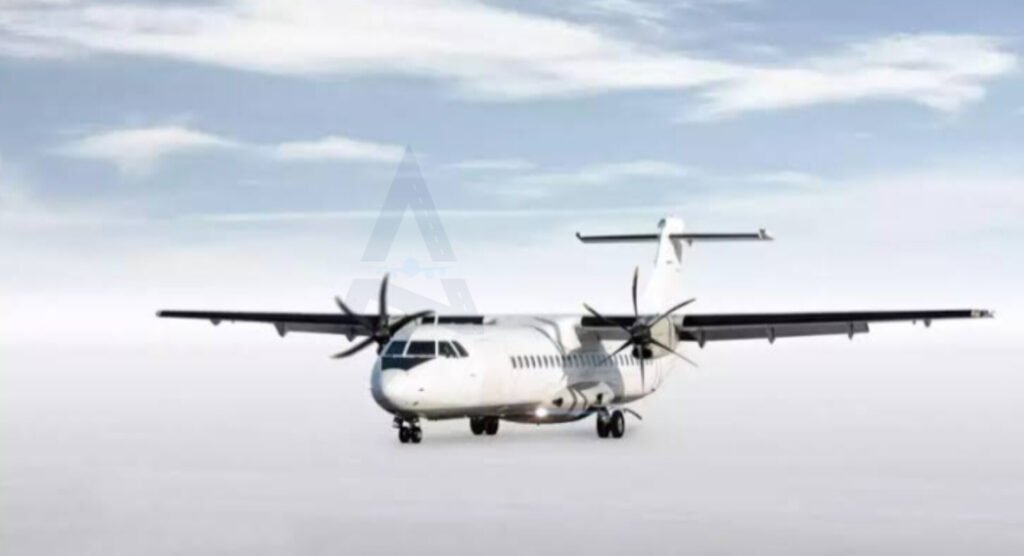India’s ambitious 90-seat Regional Transport Aircraft (RTA) project is set to gain momentum as the Union Aviation Minister prepares a funding proposal to present to the Finance Ministry. This initiative aims to bolster domestic aviation capabilities by introducing a versatile aircraft designed specifically for regional connectivity, enhancing both passenger transport and cargo services across the country.
The RTA project has been a focal point in India’s aviation strategy, with the government recognizing the critical need for an indigenous aircraft to meet the growing demands of regional air travel. The aircraft is envisioned to serve short-haul routes, connecting tier-2 and tier-3 cities to major urban centers. This connectivity is essential for economic growth, enabling smaller towns to access larger markets and services while also stimulating local tourism.
The proposal to the Finance Ministry is expected to outline the financial requirements for the development of the RTA, including research and development costs, production expenses, and marketing strategies. The government has emphasized the importance of public-private partnerships to foster innovation and investment in the aerospace sector. By securing funding, the RTA project could significantly reduce India’s dependence on foreign aircraft manufacturers and contribute to the ‘Make in India’ initiative, which aims to boost domestic manufacturing and job creation.
In recent years, India has witnessed a surge in air travel, prompting the need for more efficient and cost-effective aircraft. The RTA is designed to accommodate up to 90 passengers, making it an ideal solution for airlines looking to operate on less congested routes while maintaining profitability. The aircraft’s development could also encourage regional airlines to expand their networks, ultimately enhancing competition and improving service for travelers.
Furthermore, the RTA project aligns with global trends towards sustainable aviation. The design team is expected to explore eco-friendly technologies, including the use of alternative fuels and advanced aerodynamics to minimize carbon emissions. This commitment to sustainability not only meets regulatory demands but also appeals to the increasing number of environmentally conscious travelers.
As the proposal heads to the Finance Ministry, stakeholders in the aviation sector are optimistic about the RTA’s potential. Industry experts believe that a successful implementation could revolutionize regional air travel in India, providing reliable and affordable options for passengers. The project represents a significant step forward in India’s journey towards becoming a global aviation hub, showcasing the country’s engineering prowess and innovative spirit.
In conclusion, the anticipated funding proposal for the 90-seat RTA project is poised to unlock new opportunities for India’s aviation sector. With government support and strategic investments, the project could take flight in the near future, enhancing regional connectivity and contributing to the broader goals of economic development and sustainability in the aviation industry.

